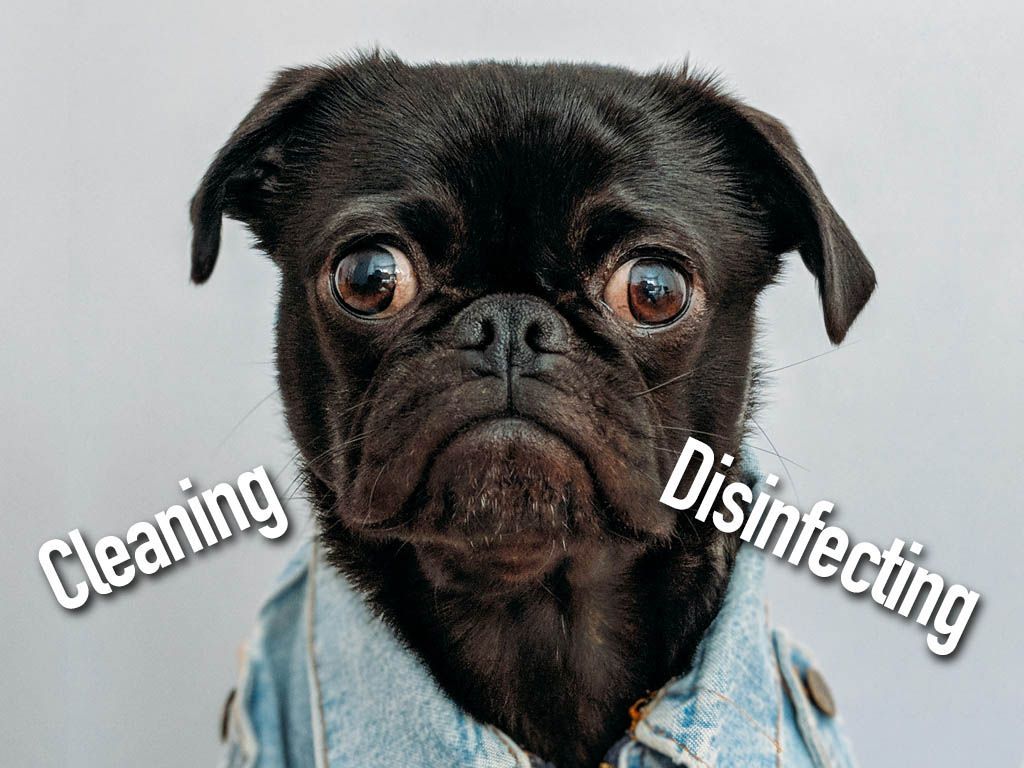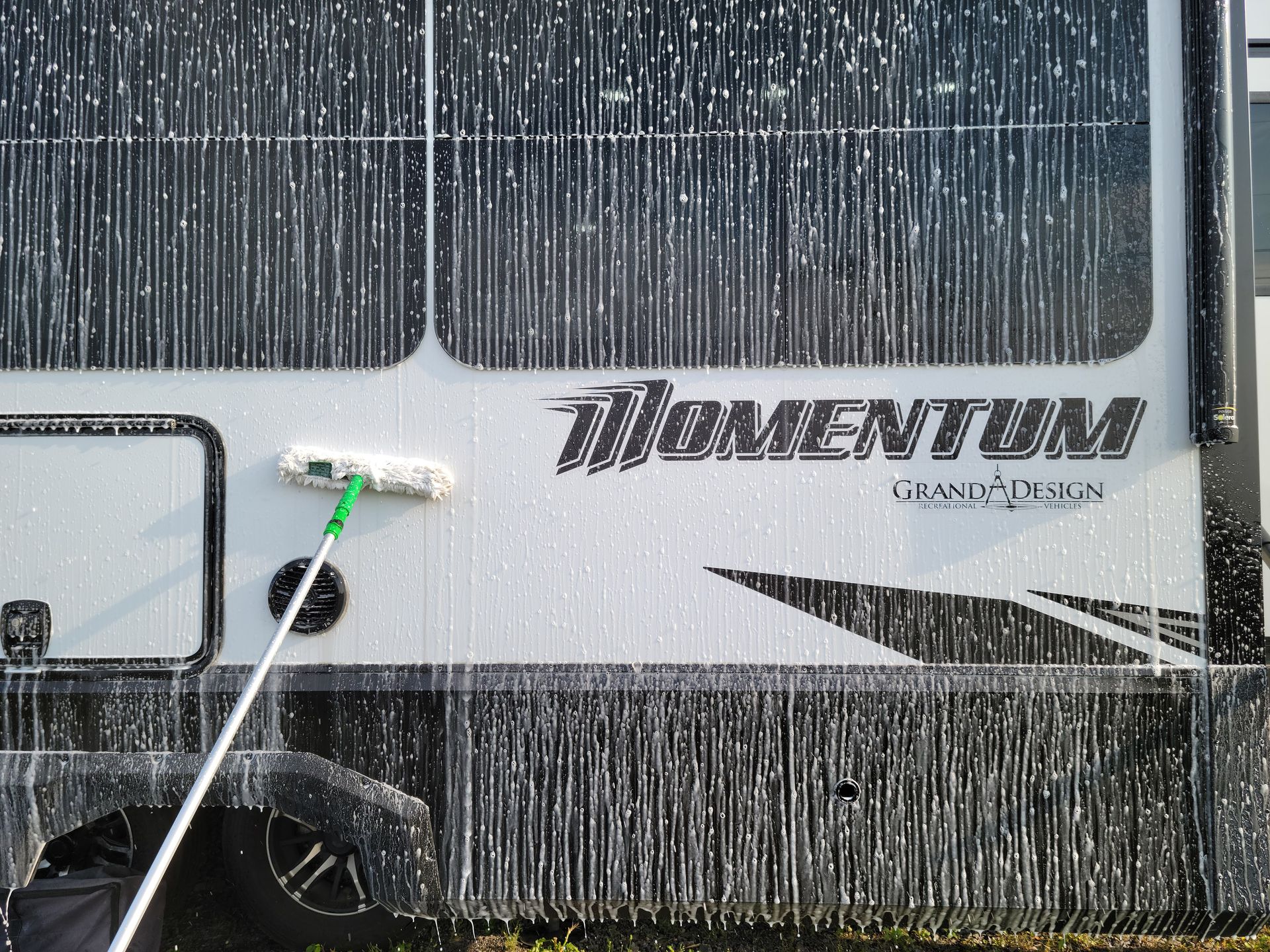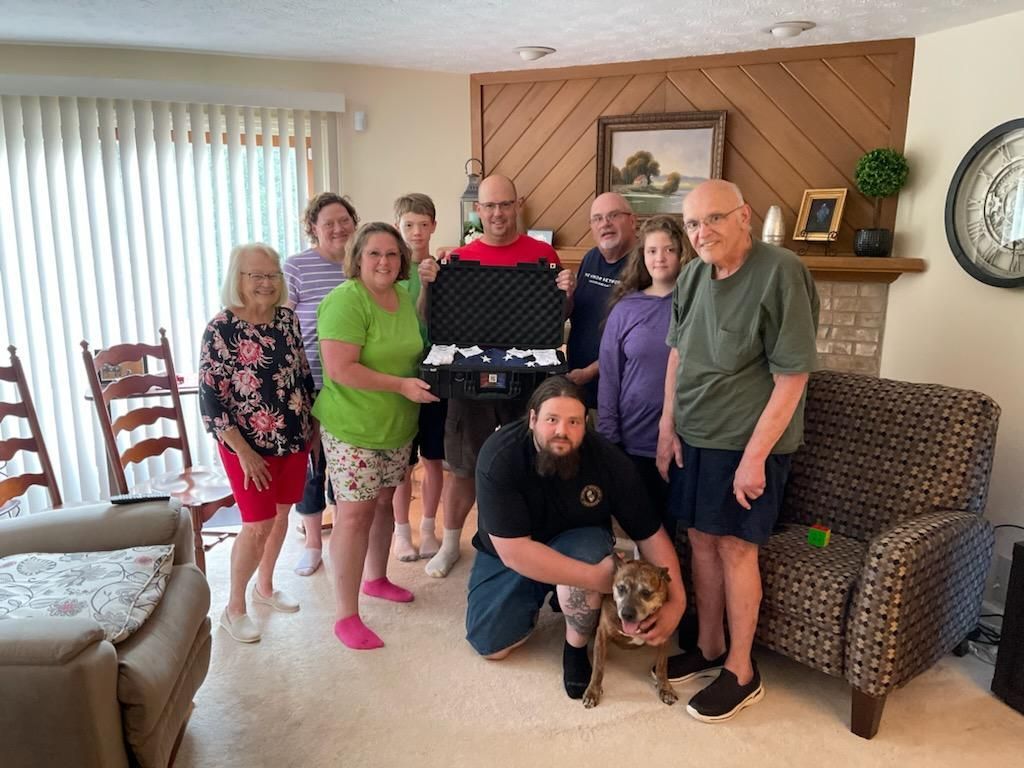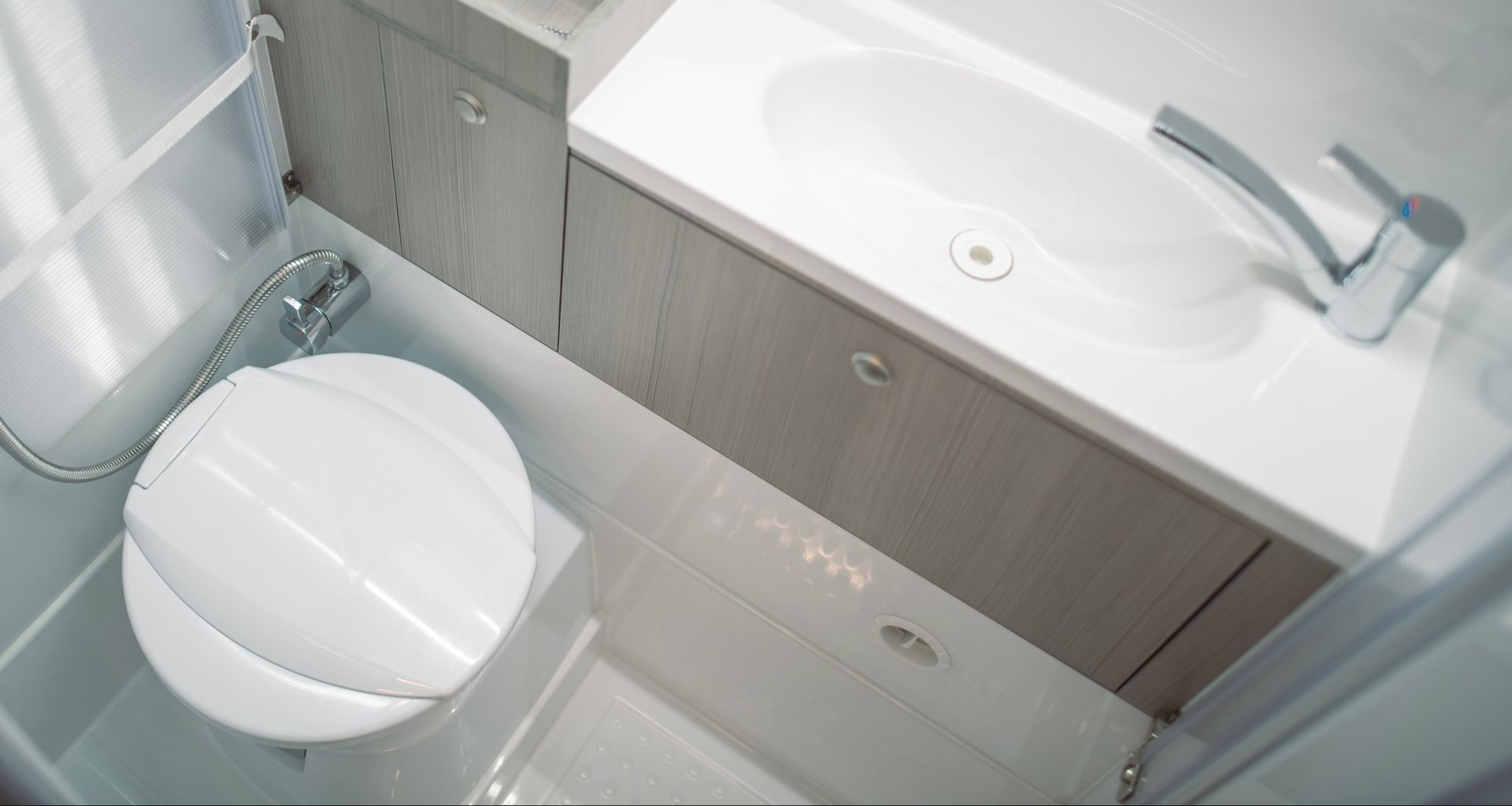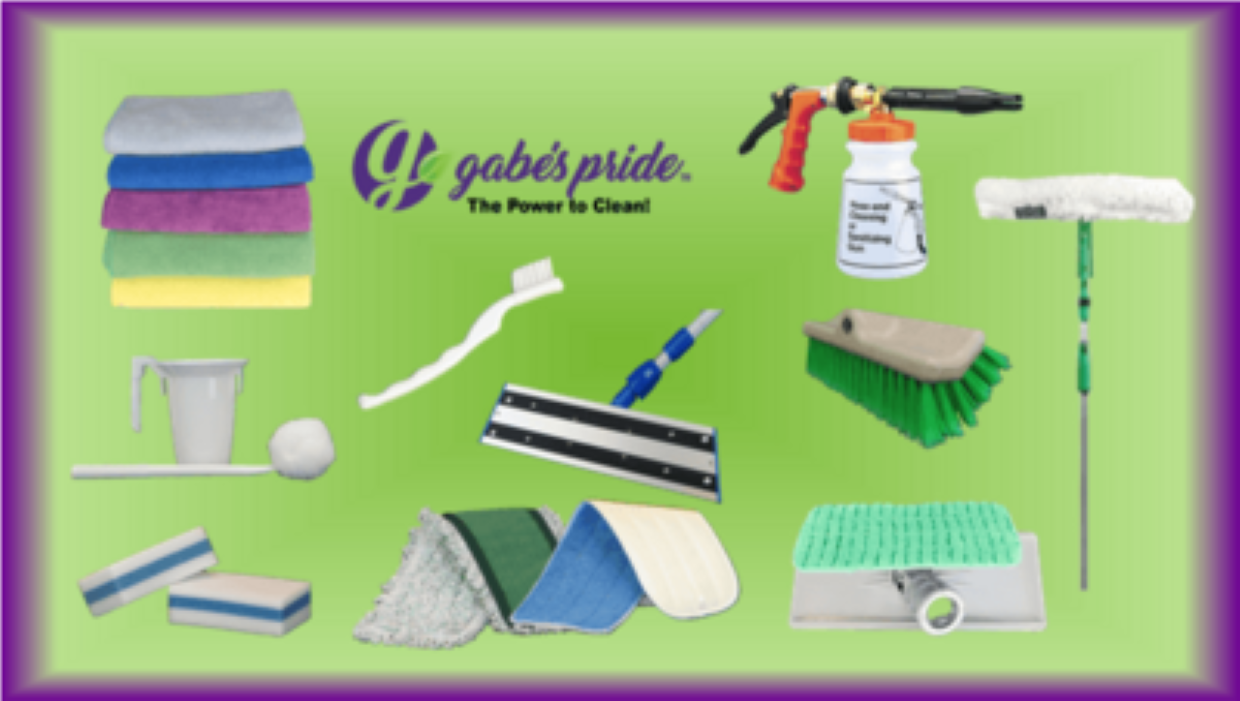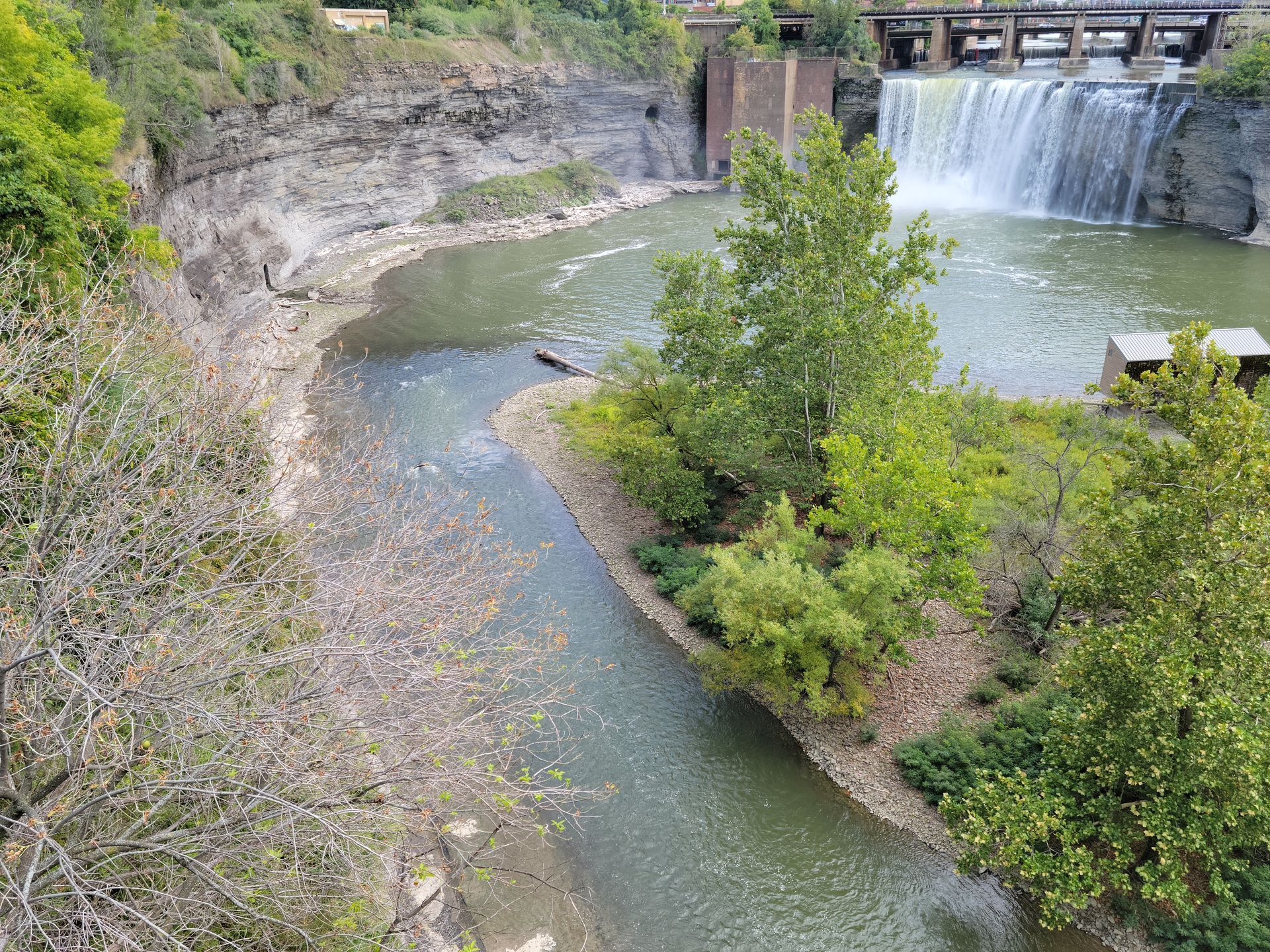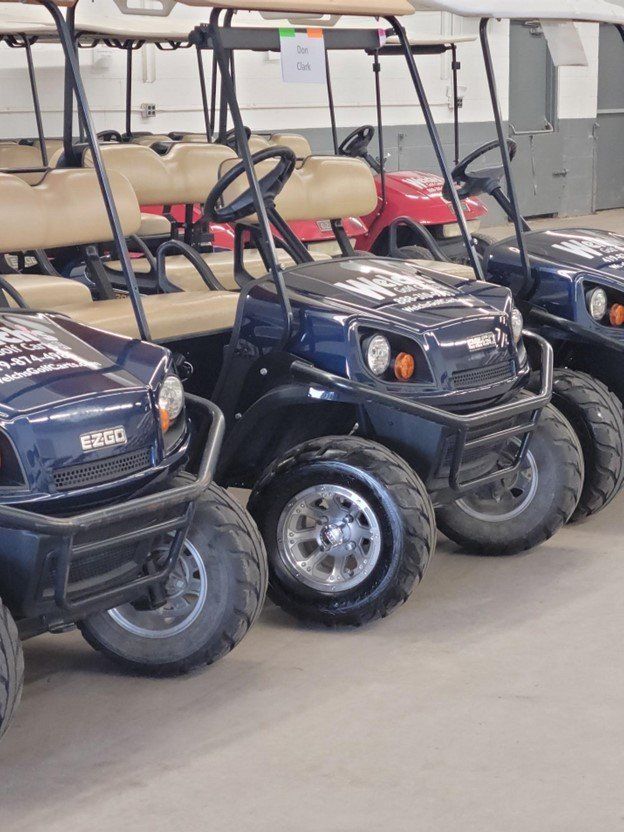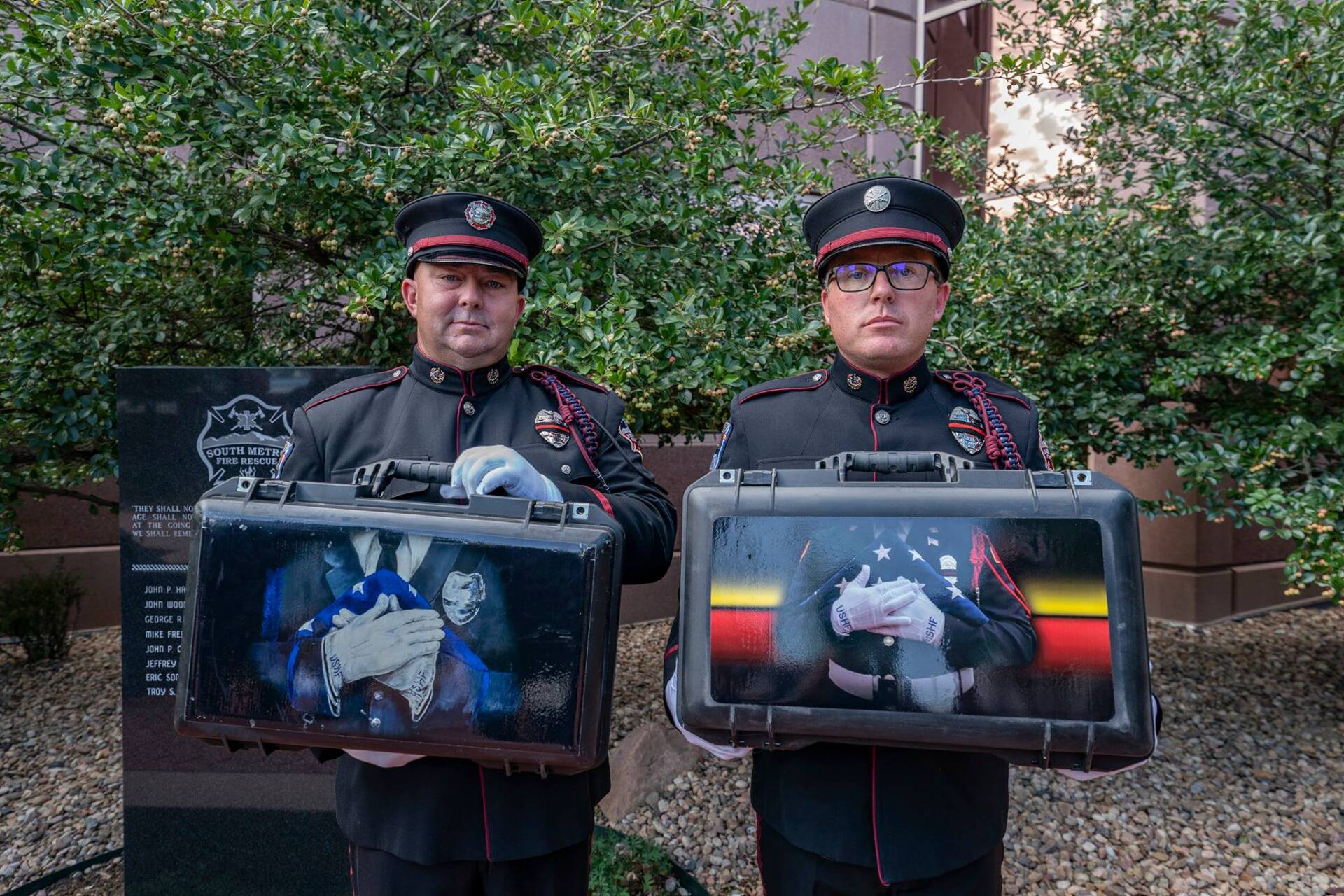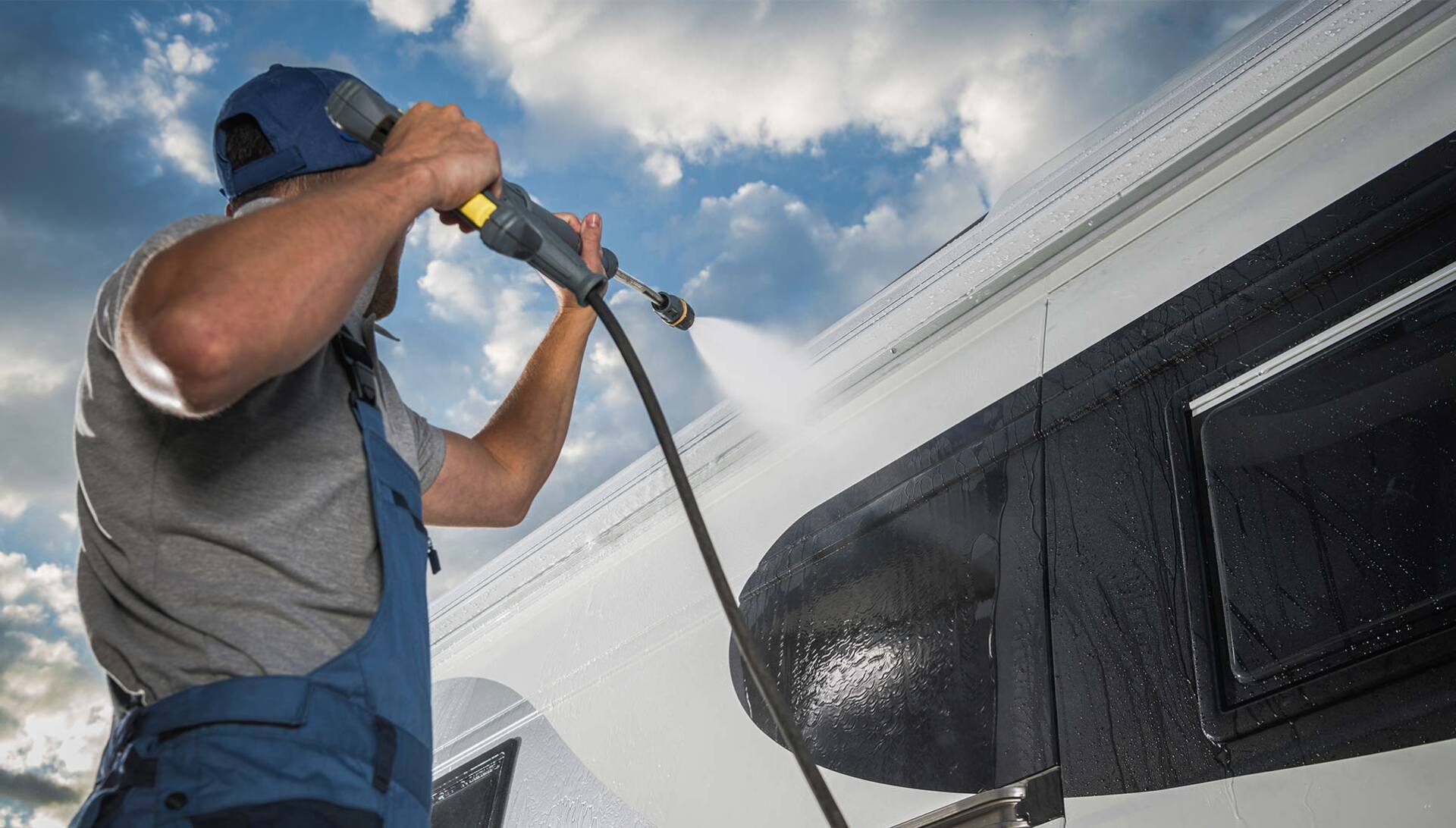Choosing The Right Cleaners For Your RV
You’re wondering what the difference between them all is and how many you need to buy. You want a cleaner that’s safe for you, your pets, and your family but it has to be able to clean too.
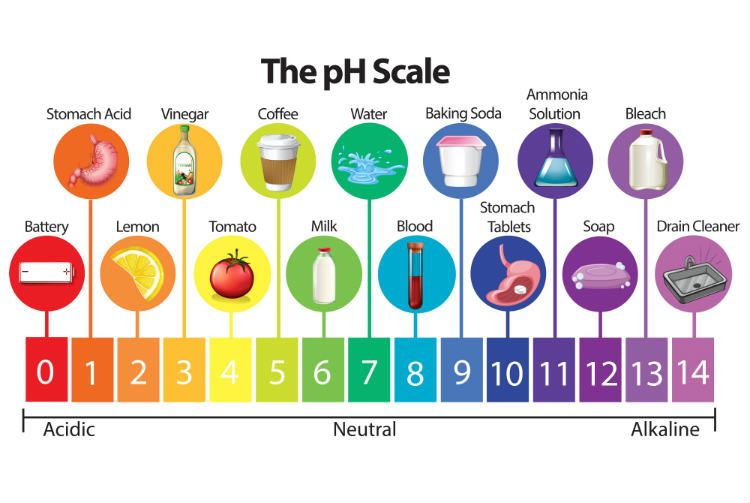
It’s time to clean your RV and you’re struggling to pick a cleaner after spending what feels like hours looking at shelf after shelf of cleaning supplies.
You’re wondering what the difference between them all is and how many you need to buy. You want a cleaner that’s safe for you, your pets, and your family but it has to be able to
clean too.
It can be overwhelming trying to choose the right one!
They all sound like they smell great and clean well - but they have lists of complicated, scientific-sounding ingredients that put you off.
Here’s how to choose the right cleaner for your RV. Let’s break it down and simplify what to look for, starting with the soil.
What is soil?
Here at Gabe’s Pride, we consider soil as the material you need to remove to make your RV clean. Soil is a substance that is occupying an area you don’t want it to.
For example, peanut butter on toast is a tasty treat but if it falls onto your counters or floors it then becomes soil.
Body soaps are used to keep our bodies clean but when mixed with the minerals in water and body oils, residue builds and creates soap film and scum in your shower.
Mud and oils are also unwanted soils when tracked onto your RV floors from outside.
Basically, soil is any dirty substance that’s in your RV that shouldn’t be there.
Why should you remove soil?
Germs live on and survive by eating soil. So, by removing the soil with thorough cleaning, the germs won't have food and you will have a cleaner, safer, and more sanitary surface.
There are only 2 types of soil.
Soils are either acidic with a low pH or alkaline with a high pH. Yes, cleaning is nothing but science. Don’t worry, it’s very simple.
A few basic tips and you’ll be able to match the cleaner to the pH of the soil – in layman’s terms – match the cleaner to the soil.
What is pH?
pH is the measurement of how acidic or how alkaline a substance is. Only substances that dissolve in water will have a pH.
The pH scale goes from 0 – 14. Water has a pH of 7 which is defined as neutral. Any pH below 7 is higher in acidity and pH above 7 is higher in alkalinity.
Soils with a pH further away from 7 (higher or lower) will also have a higher static charge and store energy. This is how soil is held to the surface. This is similar to the alkaline batteries used in your electronic devices or acid batteries in cars. As you get closer to pH 7 (neutral) there is less static charge.
The goal in cleaning is to bring the surface to neutral so the soil can be released. Cleaners that claim to be “neutral” don’t remove the static charge and tend to leave soil behind.
So, what about oils, grease, and fats? These aren’t actually defined as soil.
Since they don’t dissolve in water, they’re neither alkaline or acidic and can be difficult to remove. They’re called binders since they’re sticky and hold all soils on surfaces.
A surfactant needs to be added to the water to break up the binders into extremely small particles. Then the water can grab hold of them and carry them away. The quality of the surfactant plays a very important role in how well the cleaner will work and how safe it is to use.
Let’s recap before we proceed:
- Soil is either alkaline or acidic
- Binders are sticky and hold soils to surfaces.
- Water is the vehicle to remove soil, not the cleaner.
- You need to neutralise the surface to release the soils.
- When the soil is thoroughly removed, the surface is clean, safe, and sanitary.
Now that you know more about soils and pH on surfaces, you can better understand and choose a high-performance, eco-responsible cleaner wherever your home and RV adventures may roam.
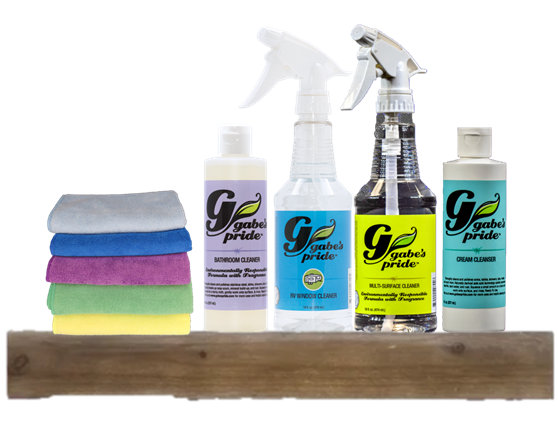
Not all cleaners are the same
There are many factors and ingredient options that go into making different cleaners.
Some can use harsh chemical ingredients, specialty chemical ingredients, or even natural chemical ingredients. Just because it says “all natural” doesn’t always mean it is safe or will even work.
Regardless of where an ingredient comes from, remember they’re all “chemicals”.
Even homeopathic ingredients such as vinegar (acetic acid) pH of 2-3, lemon juice (citric acid) pH of 2-3, and baking soda (sodium bicarbonate) pH of 9+ are still “chemicals”.
Also, common homemade cleaners need to be in very high concentration to get the proper pH to cut through grease and grime. This can be dangerous to your surfaces and skin and can leave a film. This then requires an additional rinsing.
A balance of ingredients and superior performing surfactants can combine to deliver:
- Safe on many different surfaces
- Safer for use around people and pets
- Significantly reduces scrubbing effort
- Rinses easily and doesn’t leave a film
- Neutralizes surfaces so soil is released
- Highest performance cleaning results using the least amount of cleaner
Now to the cleaning!
Since we’re not going to run from surface to surface testing what the pH is, here is a cheat sheet to help you quickly assess the typical types of soil and pH that is on the surfaces you’re trying to clean.
General Acidic (Low pH) Soils:
- soil/dirt from outside, soda, coffee, beer, tobacco smoke, sugar, vinegar, peanut butter, vomit, milk
To clean this acidic type of soil, use an alkaline cleaner such as Gabe's Pride Multi-Surface Cleaner.
This has a superior detergent (surfactant) and will clean acidic soils, cut oils quickly, rinse easily and won’t leave a film. It’s an eco-friendly , biodegradable product. Since just a little goes a long way, it will also save you time and money.
Gabe's Pride Multi-Surface Cleaner works in warm or cold water and it breaks up, holds onto soil, and removes soil without leaving any residue behind. It’s the perfect tool for instantly penetrating grease and oils.
General Alkaline Soils
- hard water, soap scum, many raw vegetables, hand soaps, body washes, baking soda, toothpaste.
To clean alkaline-type soils, use an acidic-based cleaner like Gabe's Pride Bathroom Cleaner. This includes a superior detergent (surfactant). It won't damage surfaces and requires less manpower to help you get the job done quickly. Gabe's Pride Bathroom Cleaner helps to maintain a spotless, safe, and odor-free bathroom. You can keep your bathroom in perfect condition by using the appropriate bathroom cleaner.
By matching high performing cleaners to the soil, you'll reduce the amount of work you have to do, use less cleaner, use less number of products, keep your family safe from harsh chemicals, and be better to the environment.
We hope this guide on how to choose the right cleaner for your RV has helped you out!
If you need some RV cleaning supplies, check out our range of high-performing environmentally responsible cleaning supplies in our online shop.
We have everything available in our eco-friendly, biodegradable cleaning supplies store, from multi-surface sprays and bathroom cleaners to mops and toilet swabs.

